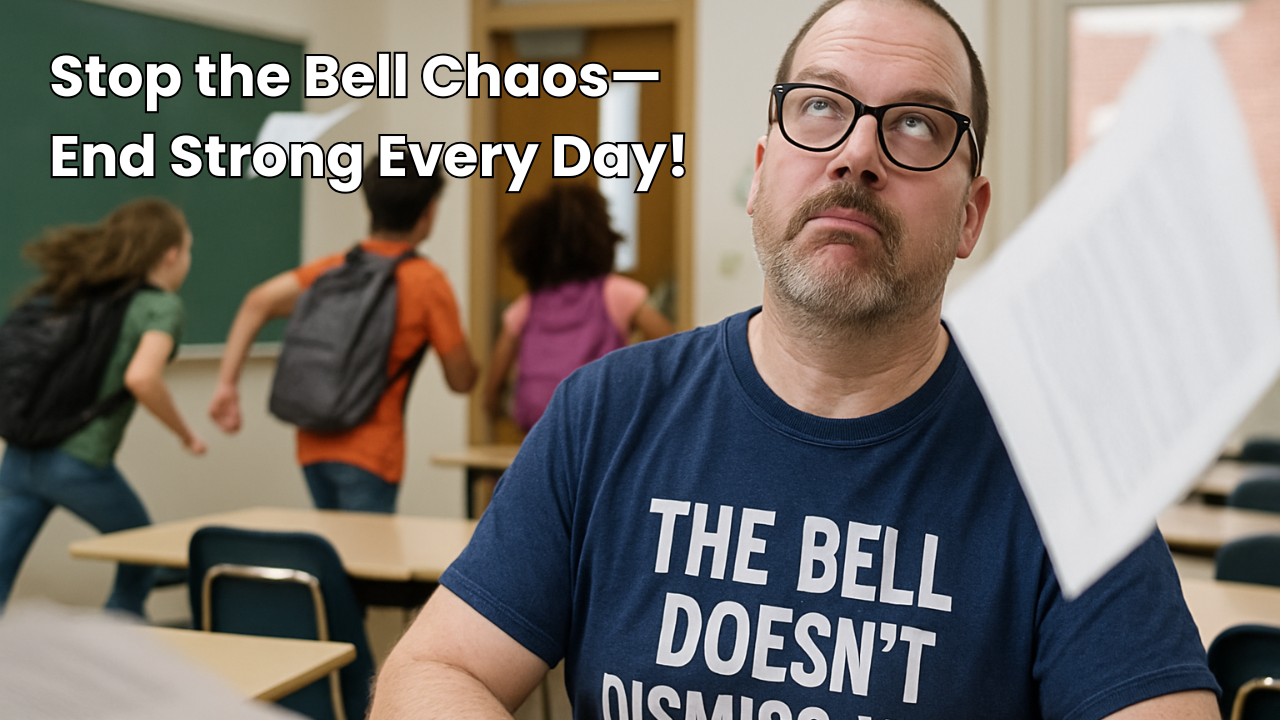
Today, I’ve got my top 5 mistakes you want to avoid in your language classroom.
Are you making any of these mistakes?
I know I have!
5 - Not providing enough CI
One of the big issues that I see with CI teachers is not providing enough comprehensible input. They think because they teach lower levels that they can’t speak that much of the target language or they’ll get lost.
Wrong. The more comprehensible input you provide, the faster your students will acquire language.
The key is to be sure it’s comprehended.
Write all new words on the board with their translation. This will be a long list for true beginners because you’ll have to write down every version of “the” or “a” in the language. But as your students’ proficiency grows, you’ll be writing down less and less words.
It’s also important to let students know that this is NOT a vocabulary list to memorize for a test. It’s just so that they can understand what you says when you say it.
4 - Focusing too much on grammar
I get it. Most of us were taught using grammar rules. But statistically, most people taught using grammar rules never really become proficient in the language.
As Bill VanPatten says, language is too complex to reduce to simple rules, and it’s much better to acquire grammar rules in context than to try to explain them.
Grammar rules can be complicated, require a lot of processing, and often have many exceptions that make applying them in the moment an impossible task.
Instead of talking all about the grammar of the language, expose your students to a wide variety of sentences and grammar in context so they can acquire how the language works naturally.
If a student asks a grammar question, answer just the question they ask and refrain from going into a long grammar explanation —I’m guilty of this all of the time. :(
3 - Focusing on thematic vocabulary
It makes sense. You learn the word for kitchen and it seems only natural to learn all the rooms of the house at the same time.
It may sound natural, but it’s nothing of the sort.
No parent in the history of parenting teaches their children language that way.
They talk to their children about what is interesting to their children and the language acquisition process starts.
Children learn words and sentences that are most important to them first. If they like snakes rather than dogs, than the word snake will make it into their vocabulary before the word dog.
But that doesn’t mean that they will then go on to learn all of the words for the different reptiles.
Thematic vocabulary seems really easy to teach, but it tries to expand a students’ vocabulary way too fast and often with words that are not high-frequency or have a high usefulness.
Take for example the playground vocabulary, unless you have young children, how often do you use the words swing set, slide, and jungle gym? Probably not every often, but word themes like this are often required by textbooks and assessments that go along with them.
2 - Not being comprehensible
We touched on this with Number 5, but it can’t be stressed enough.
Terry Waltz always says that it’s not enough to be comprehensible, you have to be comprehenDED.
Just because you think that you’re being comprehensible, if your students are not comprehending, you’re not being comprehenDED.
And language that is not comprehenDED is just noise.
So we must work hard to make sure even our slowest processors are understanding what we are saying.
Using visuals, board translations, and actions, we can make the language we use more comprehenDED for all students.
Sticking to a core vocabulary and adding new words slowly also helps tremendously with comprehension.
Don’t stay away from longer, complex sentences—your top students need to hear them— but break them down and scaffold them first using smaller, less complex sentences.
This allows slower processors to understand while also giving examples of more complex sentences for those students who are ready for them.
1 - Not going slowly enough
Going slow is one of the hardest things for a teacher to do, but it’s extremely important for the success of all students.
We think we are going slow enough, but if you ask your students, they’ll tell you that you are not.
We often talk too fast and students can’t keep up.
But when teachers are told this, they’ll often slow down each and every word instead of pausing between natural breaks in the sentence.
Students should be able to hear each word, but also hear how the cadence works in a sentence.
And going slowly doesn’t just mean your speaking cadence, but also moving through material.
A textbook and pacing guide can often be the enemy of good teaching when we allow the calendar to dictate the pacing of our lessons instead of listening to our students.
In CI, we often say teach students, not curriculum, and what we mean by this is go at the pace your students can handle without leaving them behind.
Who cares if you get to the end of the textbook in May if most of your students were left behind back in October.
Less is often more, especially when it comes to acquiring a language.
Having a solid foundation on which to build is much more important than having a heck of a lot of loose bricks.
Now if you're guilty of any of these mistakes, let me know I'm not alone in the comments below!



